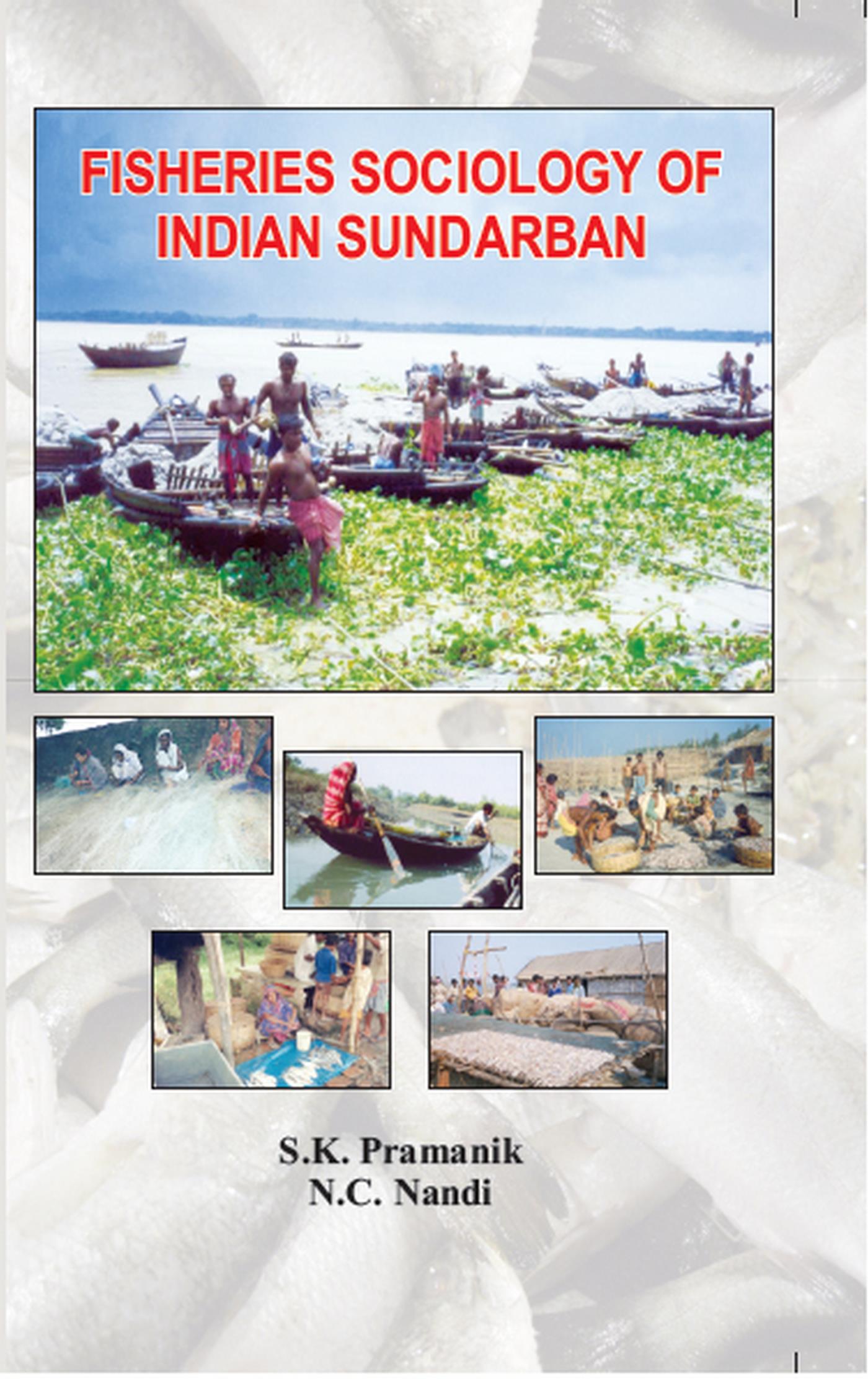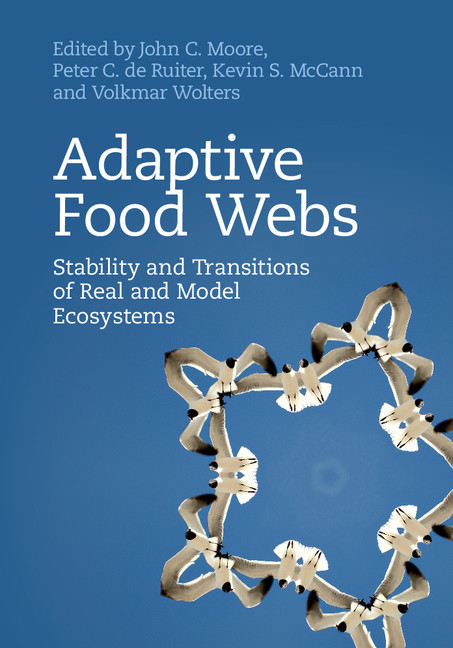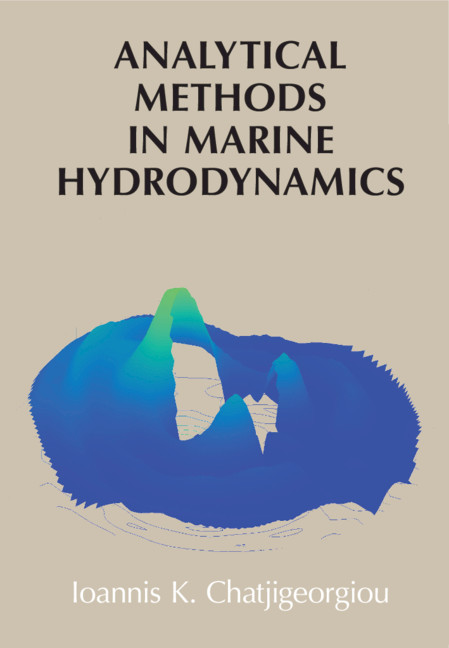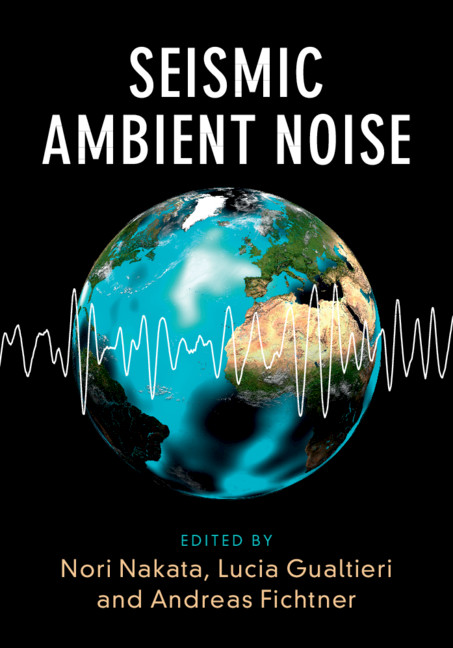Fisheries Sociology Of Indian Sundarban
by S.K. Pramanik
2020-07-23 12:22:35
Fisheries Sociology Of Indian Sundarban
by S.K. Pramanik
2020-07-23 12:22:35
Sundarban coast is rich in fishery resources and constitutes one of the chief supports of the capture fisheries in India. The total geographical area of Indian Sundarban is about 9630 sq. km. It includes mangrove forest area of about 2180 sq. km., po...
Read more
Sundarban coast is rich in fishery resources and constitutes one of the chief supports of the capture fisheries in India. The total geographical area of Indian Sundarban is about 9630 sq. km. It includes mangrove forest area of about 2180 sq. km., populated area of about 5363 sq. km., coast line of 64 km. long and inshore and estuarine fishing area of 2085 sq. km. comprising of estuarine rivers, tidal creeks, canals, sea-shore and mud-flats. The coastal waters and innumerable criss-crossed estuaries provide one of the major livelihoods for both local as well as migrant fishermen communities inhabiting the coasts. But, the unregulated expansion of fishing fleets and round the year fishing with increasing participation of nonfishing castes in the coastal waters of Sundarban lead to gradual depletion of stock of marine fish species. The increasing dependence of coastal dwellers on fishing and the mounting demand for fish are mainly responsible for overfishing in this region. So, knowledge of indigenous management practices and regulations, which have already vanished or are fast vanishing largely due to non-fishermen participation in the trade, are discussed in designing appropriate management system and ecologically sustainable utilization of resource. Fisheries management today is no more solely about fisheries biology or about population dynamics of the fish stocks but about human beings and about management of fisherfolk more than anything else. Marine Fishing Regulation Act (1980) aims "to protect the interests of different sections of persons, especially those engaged in fishing with traditional craft; to conserve fish; to regulate fishing on a scientific basis and to maintain law and order". In the absence of any legal mechanisms to address all these aspects of marine fisheries management of Sundarban coast, this document on Fisheries Sociology of Indian Sundarban is prepared with a view to appraise the fish trade of this region and to highlight some issues, options and thoughts for the planners and decision makers to decide and develop a marine fisheries resource management action plan in harmony with sociocultural values of coastal fishermen community of this region. The book empirically explores fishermen and their activities, conceptual issues and concerns as well as knowledge base of marine and estuarine fishermen communities with special reference to Sundarban coast. It begins with an overview and ends with bibliographic sources and comprises of 20 chapters which broadly include life and culture, interrelationships, rites and rituals, marine and estuarine fishing, fishermen categories covering aged, women and child fishers, crafts and gears used, fishworkers and their work participation, fish traders and fish market, effect of mechanization, indigenous knowledge and practices and their role in conservation as well as regulations and management, cooperation and conflict, survival strategies and alternative livelihood with specific case studies and detail data on these aspects in this document.
Less






























